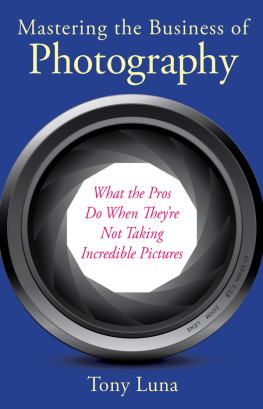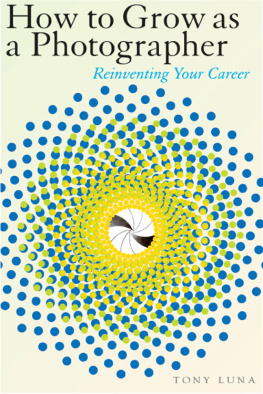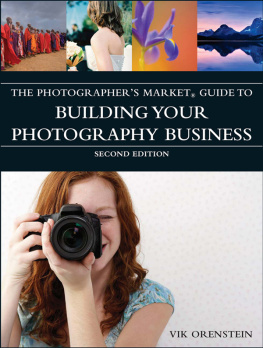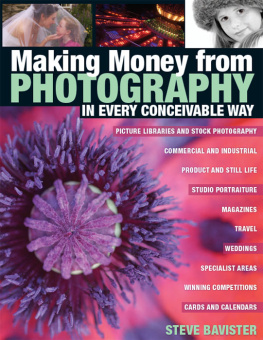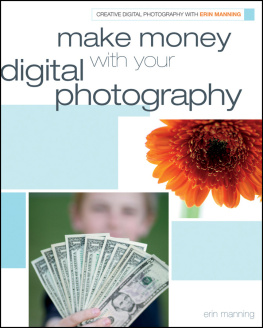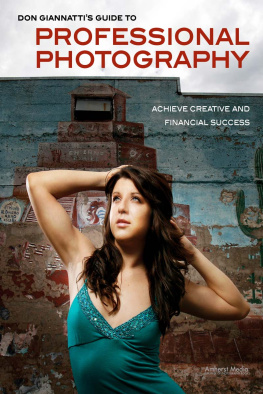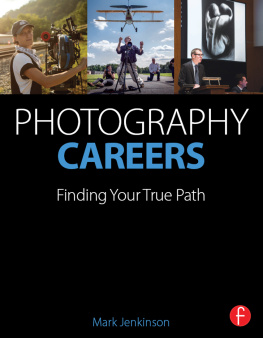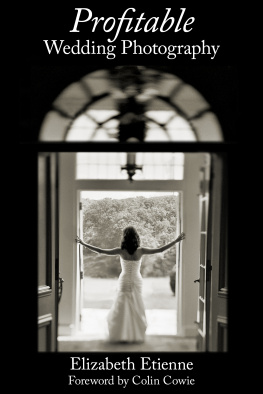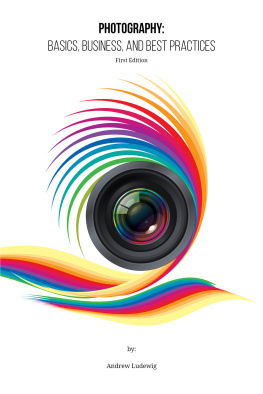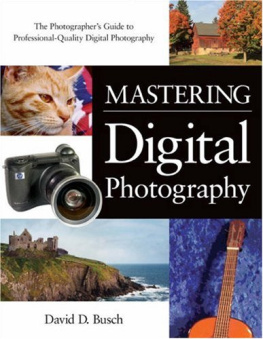
Copyright 2014 by Tony Luna
All Rights Reserved. Copyright under Berne Copyright Convention, Universal Copyright Convention, and Pan American Copyright Convention. No part of this book may be reproduced, stored in a retrieval system, or transmitted in any form, or by any means, electronic, mechanical, photocopying, recording or otherwise, without the express written consent of the publisher, except in the case of brief excerpts in critical reviews or articles. All inquiries should be addressed to Allworth Press, 307 West 36th Street, 11th Floor, New York, NY 10018.
Allworth Press books may be purchased in bulk at special discounts for sales promotion, corporate gifts, fund-raising, or educational purposes. Special editions can also be created to specifications. For details, contact the Special Sales Department, Allworth Press, 307 West 36th Street, 11th Floor, New York, NY 10018 or info@skyhorsepublishing.com.
17 16 15 14 13 5 4 3 2 1
Published by Allworth Press, an imprint of Skyhorse Publishing, Inc.
307 West 36th Street, 11th Floor, New York, NY 10018.
Allworth Press is a registered trademark of Skyhorse Publishing, Inc., a Delaware corporation.
www.allworth.com
eISBN: 978-1-62153-400-6
Cover and interior design by Mary Belibasakis
Page composition/typography by SR Desktop Services, Ridge, NY
Library of Congress Cataloging-in-Publication Data is available on file
ISBN: 978-1-62153-393-1
Printed in the United States of America
To the three women whose love, support, inspiration, and humor
have sustained me throughout my endeavors: my wife Paula,
my daughter Mendy, and my granddaughter Delaney.
Thank you for your enduring encouragement.
Table of Contents
Foreword and Acknowledgments
I have wanted to write this book for the past forty years.
That is a long time to have a book inside you, yearning to be put down on paper. But the subject matter of this book is made up of the lessons I have learned over a career that has spanned more than four decades and at any given time when I thought I was ready to write it, a new lesson was waiting to be learned. There came a time, and a circumstance, when I just had to sit down and write the book, and that time is now.
Those of you who have read my first book, How to Grow as a Photographer: Reinventing Your Career, know that I fell into my career as an artist representative and a producer of photography and film because I saw what my photographer roommate at the time back in 1971, Dan Wolfe, was shooting and it intrigued me so much that, when he asked me, Would you like to be my rep? I said, Sure. Whats a rep?
Back then I was working for the County of Los Angeles as a counselor in a juvenile hall, and the job wasnt what I thought it would be after I had gotten my degree in psychology. The photo projects he was working on looked like so much fun I wanted to see what they were all about, but I had no training as a representative (rep) and there were no schools for representatives so I had to make my job description up for myself as I went along. That was when I realized that, besides the requisite attributes of skill and talent, for a photographer to be successful he had to deal with a lot of business issues that could become a distraction and could even drain his enthusiasm for the craft, and if I could help my friend with those professional practices, we could build a future for ourselves. Since that fateful decision I have devoted my attention to the multitude of things that photographers have to deal with in order to advance their careers, which have little to do with taking beautiful pictures.
That first year of representing and assisting was exciting and filled with learning the basics, but when I looked at my checkbook I realized I had to get serious about the way I was doing things if I wanted to make enough money to take care of myself and stay in the business. I reached out for advice but frankly most of the other people in my position were reluctant to give out informationwith the exception of one man, representative/producer, Pete Van Lawlest I become competition and take work away from them, so I was pretty much on my own to invent my career path. I wished, back then, that a book had existed that would have helped me know what to expect and how to react to the vague protocols of building a business in the creative arts: a book such as this.
A lot has happened since those formative years. Technology has dramatically changed the landscape of the profession. We have experienced wars and economic upheavals, including the Great Recession. Clients have changed or closed doors and budgets have dwindled. On the personal side, as happens to any other human, circumstances intervened that changed my vision of my place in the world. But for all of those challenges, other new opportunities presented themselves. The medium and my life have evolved in ways no one could have anticipated. Yet what has stayed the same has been the need to communicate, to build relationships, to cooperate, and to put every inch of energy into creating new options for my colleagues and myself.
It must be acknowledged that the contents of this book would not have been available had it not been for the love and support of countless people who presented themselves at the intersection of time and circumstance and to whom I owe a great deal of gratitude. First, of course, I must acknowledge Dan Wolfe who gave me the opportunity, the guidance, and the trust to help me find my way. He not only introduced me to the field of photography, but to entrepreneurialism, and to education. The thing I respect the most is that he has always had my back, and for that I am exceptionally grateful.
Next I have to thank Hannah Theim, managing editor at the online photography publication www.Photo.net, who called me one day in 2008 saying that someone had been to one of my lectures at the Photo Plus Expo in New York and suggested that I write an article on rediscovering ones passion for photography. That inquiry led to, I believe, thirteen articles spread out over as many months and introduced me to the incredible reach of online communication and to a host of questions on how to build a business in photography.
When I presented the idea of taking those articles and enlarging them into a book to my publisher, Tad Crawford of Allworth Press, he gave me the encouragement and the opportunity to embark on this book. Besides being the publisher of Allworth Press, Tad is also an attorney and author of the widely respected and utilized Business and Legal Forms for Photographers and Legal Guide for the Visual Artist and thus is someone who must be listened to when he suggests the need for a publication for photographers. Tad is one of those people who has the ability to see your potential beyond what you think is possible in yourself and emboldens you in subtle ways. His gift is that he is always there to say the right thing when you feel you have nothing more to give. And it is through Tad that I worked with, Delia Casa, assistant editor at Skyhorse Publishing who skillfully guided me through the treacherous waters of the initial edit of this book. Once the original manuscript was written, the work was then put into the more-than-capable hands of Thornwell May, editorial assistant at Skyhorse Publishing, to clean up its ambiguities and help make this book more readable. My gratitude goes out to all those who have worked so hard to evolve the production of this book at Skyhorse Publishing, Inc.
I cannot give enough thanks to those who allowed me to interview them for this book and who were so forthcoming and willing to share their insights and inspiration for future generations of photographers. Special thanks go to veteran and gracious photographers Barbara Bordnick, Elliott Erwitt, Steve McCurry, and Ted Orland, and to creative professionals and friends Jigisha Bouverat, Harvey Chua, Tad Crawford, Tom Hayton, Harry Liles, and Maria Piscopo who generously gave their time and observations and permitted me to interview them.
Next page
